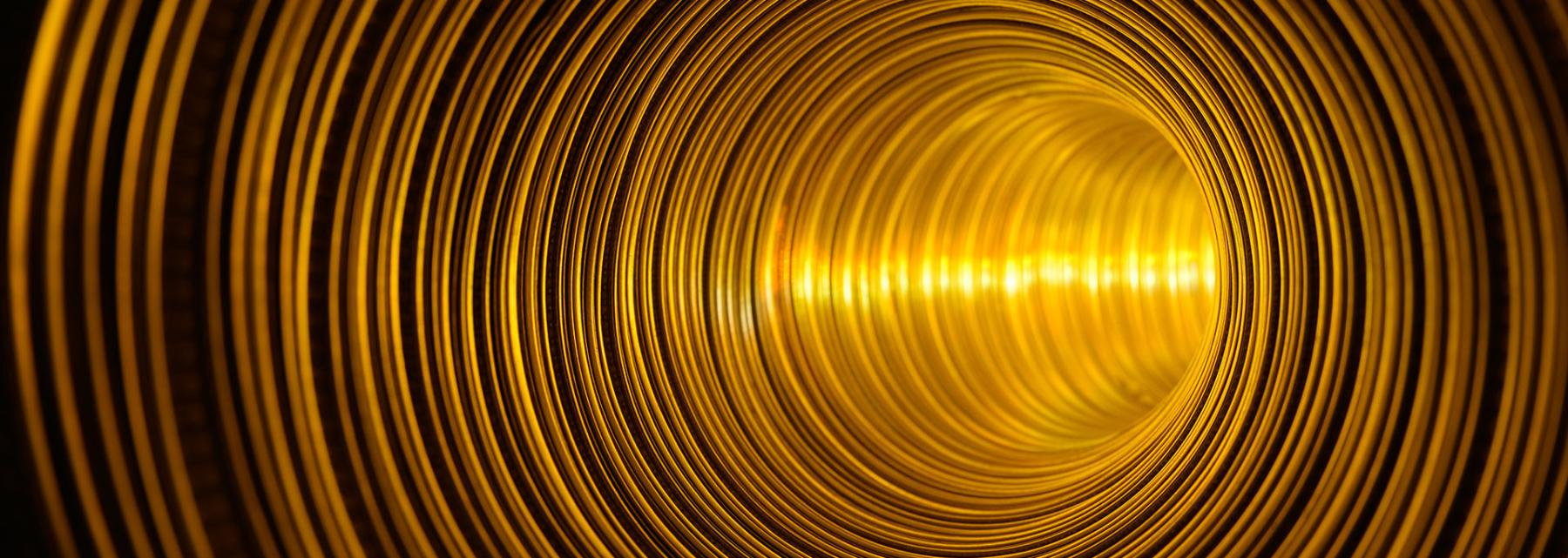
What's Your Frequency?
The purpose of this lesson is to introduce and apply the concept of frequency.
Students will begin by a motivating “click the mouse” challenge. This will help them to develop the concept of frequency. They will transfer this concept to a hands-on lab where they will be creative and measure various types of frequencies.
The lesson then transitions to sound waves where students learn about how energy can be transferred through air with a given frequency. They learn how to measure this frequency and then use a cell phone app to record their own sound waves and measure the associated frequencies.
Lastly, a set of problems is provided that allows students to further practice the concepts at hand. This lesson will take between 2-3 class periods. Very few supplies are needed
Lesson Plan Link/URL
https://docs.google.com/presentation/d/129rpzuJMrkNVskJkCZekBa2EAXxJQ0rM/edit?u…Subject Area
Science Physical Science P4: Energy Transfer Technology 5. Computational Thinker Mathematics Number and Operations—Fractions (NF) Measurement and Data (MD) Ratio and Proportion (RP) Expressions and Equations (EE) Algebra (A) Reasoning with Functions and Relations (RFR) English Language Arts (ELA) Speaking & ListeningRelated Content

VR in the classroom, oh my! This Day 1 lesson provides students an introductory understanding of chain reactions, Rube Goldberg and his machines, the Oculus (Meta) Quest 2, the online game Dynamic

This a hands on activity that will have the students measure the frequency of a resonating glass bottle by using their cells phones. They will then combine with other groups to play a well known song

Engineers often create small-size models of a new product to test its design. This is especially true with airplanes. Model testing tells engineers how a design responds to different air conditions